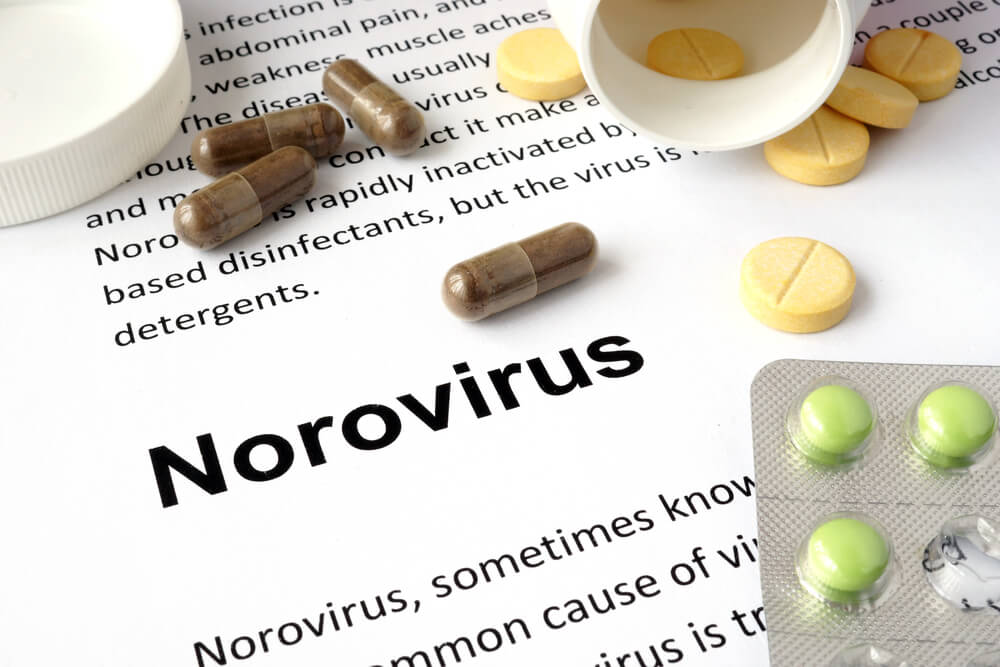Norovirus infection is also known as the ‘’stomach flu”, “food poisoning”, “winter vomiting disease” and “acute nonbacterial gastroenteritis”.
The norovirus is a small virus (20 – 250 nanometers in diameter) yet it is highly transmittable among humans and can live for days or weeks. The norovirus group was first identified in Norwalk, Ohio during the year of 1972. There are at least 25 distinct strains that can affect people, most commonly, older children and adults.
Cause and Transmission
Infection by the norovirus occurs when an individual:
- Hasdirect contact with an infected individual
- Consumessubstances that are contaminated with fluids or feces from an infected individual,
- Touches a contaminated surface and then places an unclean hand in the mouth
Individuals who are already infected by the norovirus can expel 30 million particles, and unfortunately, it only takes 10 to 100 particles to cause another norovirus infection. The virus often causes outbreaks when and where clusters of people assemble.


